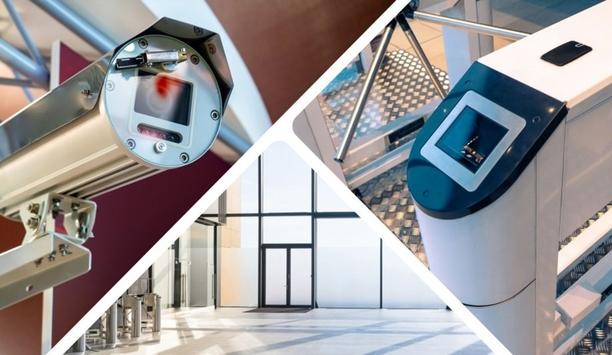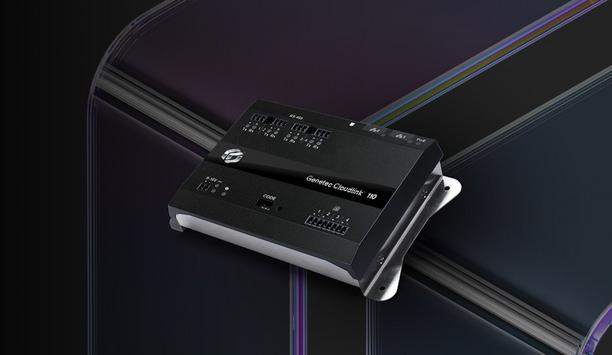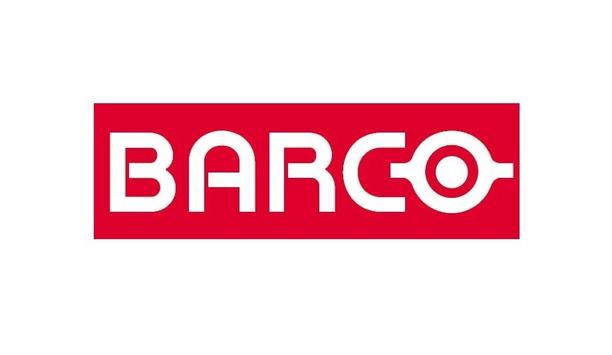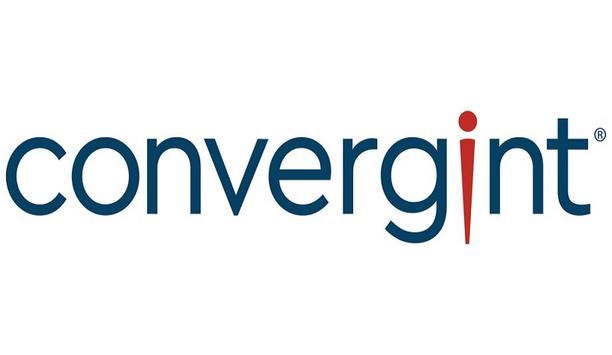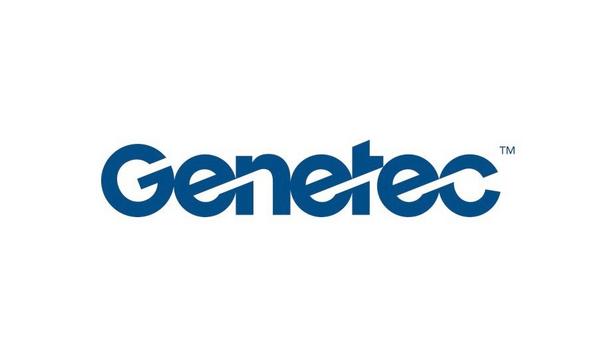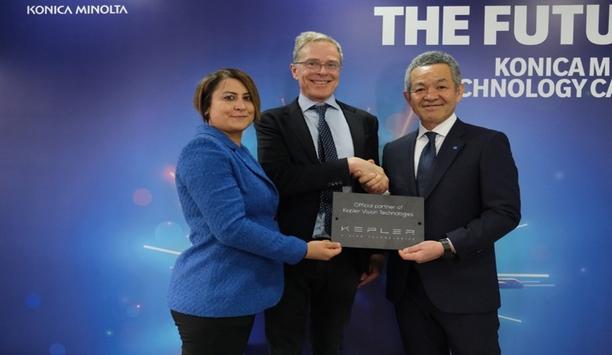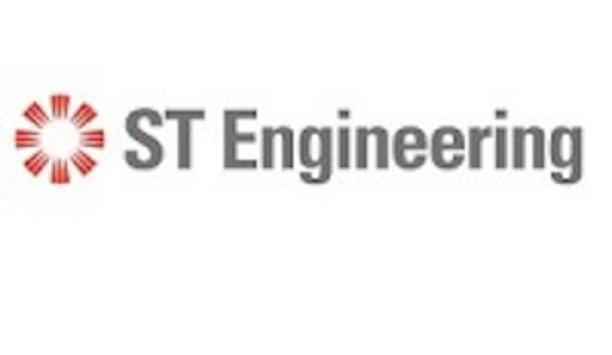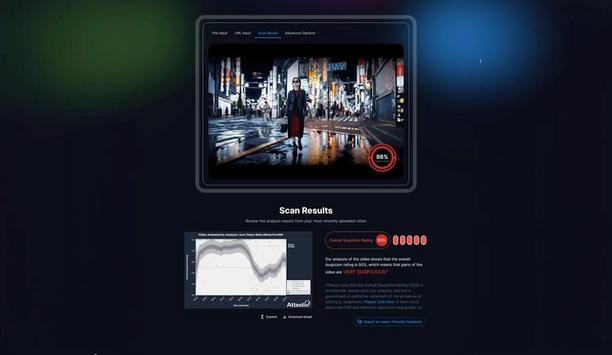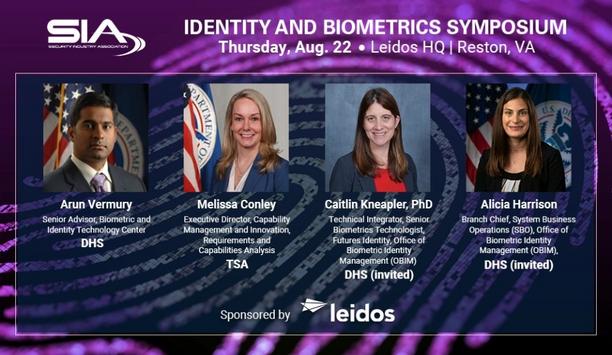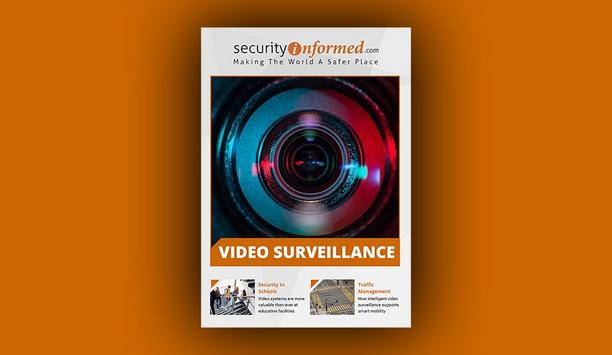Has Convergence Happened Yet In The Physical Security Market?
Editor Introduction
As security industry buzzwords go, “convergence” is perhaps the best known and most pervasive. We have been hearing about convergence in our market for almost 20 years. We have heard it’s happening soon. We have heard it’s inevitable. And yet, for all the talk of convergence, it has sometimes seemed there has been more talk than action. We wanted to check in with our Expert Panel Roundtable and get their latest takes on this most enduring of industry buzzwords. We asked this week’s panel: Has convergence happened yet in the physical security market? And what exactly does it mean?
Convergence has not happened. In technology, IT security principles have not been widely applied to physical security systems. Within organizations, people do not cooperate. But it must also be said that in the supply chains, there has been little, if any cooperation either. Why didn’t it happen? We had no shared enemy. Now there is: cybercrime. This creates a real need to cooperate and address these risks in a joint approach. Because systems are connected to the network and linked to each other more and more, the approach to tackle cybercrime can no longer be approached in silos. When we look at convergence in this respect, I believe we had a wrong definition for it. With convergence, we refer to cooperation between IT and physical security departments within organizations. However, we feel that manufacturers have a responsibility in tackling cyber risks. Manufacturers need to protect their clients against these threats.
Without properly defining it, convergence is like a box of chocolates, you never know what you’ll get when asking the question. It should also be viewed as a journey, not a destination, since threats continually evolve requiring new mitigation practices. Two areas that are clearly on the path include technological and organizational convergence. Technological Convergence refers to combining several disparate or complementary technologies into one product or solution. For example, Network Door Stations combine Video, Audio, Lighting, and Access Control into one product. The result is a solution that improves safety for organizations that want to screen visitors before letting them into a facility. Organizational Convergence refers to integrating process, procedures or teams to align company goals or objectives. The combining of physical and information security practices is one example of how organizations are adapting to the evolving cyber-threat.
Traditionally in the security market, convergence has referred to the move to IP networked cameras and systems from analog technology. Statistics show we are starting to be predominantly an IP market. The maturity of the physical security marketplace brings further evolution. While security operations have traditionally been separated from IT departments, we are seeing an increase in the involvement of IT with the purchase and management of security systems. Installations are getting larger and moving from proprietary security systems to Commercial-Off-The-Shelf (COTS) server components from the likes of Dell and HP, and storage from NetApp, EMC, and IBM. IT departments – where these vendors have always worked with business networks – are starting to dictate exactly which products will also be used for a physical security networked system. New convergence is the emergence of other non-video sensors and new technologies, where customers are looking beyond video security and integrating multiple data streams.
When we talk about convergence, it is usually about how old technology transforms into new technology. Within physical security, to me, convergence means the ability to integrate products from different manufacturers into one system, and that ability is now more or less a commodity. Certainly, that demand for interoperability, open systems and standards is only going to increase, particularly as more systems and devices require standardized communication. ONVIF has a significant role to play in this convergence because it has really established its position as the de-facto standard for interoperability between IP-based physical security devices. ONVIF Profiles have been widely adopted by the physical security industry and by other standards groups like the International Electrotechnical Commission (IEC). We are continuing to work with groups like the IEC and ISO (International Organization for Standardization) in creating broader standards that include ONVIF specifications, which also helps fuel convergence.
Convergence within the security market can mean a lot of things. First, the convergence of functional teams refers to multiple departments within an organization working together toward a common goal – in this instance, safety and security. This shift is happening, as security directors must include multiple stakeholders in the decision-making process, including the IT department, marketing, operations management and the C-suite. Second, the convergence of systems is a hot topic. Bringing together IP surveillance, access control, incident management software, intrusion detection, fire alarms, and other sensors is a convergence of technology that is essential to today's enterprise organizations. Finally, cyber and physical security convergence is becoming increasingly critical as networked physical security devices are increasingly being used to compromise networks. Collaboration between multiple departments and functions in the development of security systems makes investment easier, makes systems safer, and ensures the needs of all stakeholders are met.
The beginning of convergence can be seen in many ways in the security market; convergence being the merging of distinct technologies, industries or devices into a unified whole. As the Internet of things connects devices across the network, the ability is rampant for improved operational efficiency, communication and productivity within all verticals. With these systems using the same cabling and common protocols, disparate systems can now be managed from a single interface, improving efficiency in management and training practices. IoT also makes it easier for security platforms to work together for enhanced performance and value and give the user choice in their system to customize to their needs. The open platform will continue to be driven by IoT, and convergence is requiring manufacturers to provide open APIs and integrations so customers and have the best products across all aspects of security, video surveillance, access control, intrusion and even building automation.
Convergence is a reality in today’s business environment. The siloed functions of IT, cyber and physical security now collaborate to present a unified and comprehensive view of potential threats. This initiative allows organizations to gain a comprehensive view of how a situation or risk affects the business as a whole. There are operational benefits to taking siloed departments and converging them — investigative models and methods for physical and cyber security are similar, so putting analysts from these two sectors in the same room enhances the coordination of incident management and response.
This idea of the convergence of IT and physical security has been around for a decade or so, but it’s actually happening right now. IT departments at the end user level are getting more involved as the number of connected security devices expands and the rapid growth of video data continues to grow. The idea of convergence is now a reality because the industry is evolving in many ways: Devices are more connected; IT and physical security functions have merged in a greater way than previously imagined at the user level; and IT threats continue to manifest. Convergence no longer refers to the integration of networked systems and services; it also defines how enterprises are redefining “security.” Security isn’t simply limited to the traditional security department. IT and cybersecurity professionals have a growing influence in overall security decisions, and this trend continues to accelerate at a rapid rate.
Convergence is happening – in fact, accelerating – and it will soon be in the industry’s rear-view mirror. What it means is that physical security technology silos are rapidly being connected to corporate networks, not only for the transport of video data, but for the management of video and access control systems themselves. This includes Service Assurance automation, Data Verification, and to enable Big Data Analytics/Internet-of-Things. And convergence means that, regardless of the specific devices, what vintage they are, or what software applications are running on them, security managers can maintain their systems at 99.999 percent Uptime, getting the availability and performance needed to achieve acceptable ROI through the modernisation of procedures and practices, away from manual approaches to the use of automation. Viakoo’s customers represent how leading physical security teams are taking action today to leverage convergence and catapult their operations into the 21st Century.
Convergence is an objective term with regards to the security industry. For manufacturers, it means producing products that not only meet the needs of the end user, but also work seamlessly together to create comprehensive solutions to the security challenges these organizations face. Open-platform technology is going a long way to help in this goal of convergence, and as more and more companies participate in creating open-platform products, integrators will be able to offer end user clients higher quality and better-integrated solutions to meet their needs. Convergence is also about coordination; the ability for access control to work with video management systems, intrusion and fire alarms, video surveillance cameras and much more to create a better picture of an organization's security and wellbeing. True convergence is always a work in progress.
At this year’s ISC West, attendees and exhibitors were talking about the fact that convergence, and system and device compatibility is here — finally. You could even see it on the show floor: IT companies exhibiting alongside physical security providers, integrated partner pavilions, Big Data partnerships, the cooperation between security and marketing within an enterprise. All these initiatives point to the fact that the industry is becoming integrated, customers are aligning within their organizations and ease of communication among third-party devices is more of a reality.
Editor Summary
Convergence means different things to different people. Despite the variation, however, many (but not all) of our Expert Panelists agree that convergence either is happening, has happened, or is a moving target and will continue to happen. Will we ever experience a perfectly converged world of security, with all systems working in harmony and the security and IT departments operating in lockstep for the good of everyone? It’s certainly a worthy goal, and one we seem to be working toward. Perhaps it’s time we at least upgrade the status of convergence from buzzword to work in progress.
- Related links
- ACT Access control systems & kits
- ACT Access control software
- Axis Communications Video Surveillance software
- Axis Communications Access control software
- ISONAS Access control software
- ISONAS Access control systems & kits
- Milestone Video Surveillance software
- Nedap AEOS Access control systems & kits
- Nedap AEOS Access control software
- Oncam Surveillance cameras
- Oncam Video Surveillance software
- Pivot3 Video Surveillance software
- Verint Video Surveillance software
Expert commentary
Security beat
Security bytes
- Getting To Know Dan Grimm, VP And General Manager Of Computer Vision At RealNetworks
- Big Wins And The Importance Of Showing Up: Insights From SecurityInformed.com Editor Larry Anderson
- Setting Goals, Business Travels And Radioactivity: Success Secrets From Tiandy's John Van Den Elzen
- Getting To Know Jeff Burgess, President/CEO At BCDVideo
Healthcare security articles
Rapid technological advancement, artificial intelligence (AI) and machine learning (ML) are revolutionizing traditional on-premises video security systems. These next-level tools are not just enhancin...
Milestone Systems, a global pioneer in video technology, is at the forefront of the video security industry, emphasizing responsible technology innovation across its operations. The company will host...
Cyber resilience research commissioned by Cohesity, a pioneer in AI-powered data security, reveals the true cost of ransomware to finances and business operations and why overconfidence may be the cau...
Genetec Inc., a pioneering technology provider of unified security, public safety, operations, and business intelligence solutions, announced the launch of Genetec Cloudlink™ 110, the lates...
i-PRO Co., Ltd. (formerly Panasonic Security), a global pioneer in professional security solutions for video protection and public safety announced the establishment of a comprehensive AI governance f...
Gcore, the global edge AI, cloud, network, and security solutions provider announced the launch of Gcore WAAP, its end-to-end web application and API protection solution. Gcore WAAP Leveraging advan...
Barco, a global pioneer in visualization and collaboration solutions, is proud to announce its pivotal role in shaping the visitor experience for the Belgian pavilion at Expo 2025 in Osaka. Bar...
King Faisal Specialist Hospital & Research Center (KFSHRC) is at the forefront of the healthcare AI revolution. Since 2019, the hospital's dedicated AI center has been developing innovative applic...
Convergint, a global pioneer in service-based systems integration, today announced that it has acquired Esscoe, a premier provider of mission-critical security and fire and life safety systems in the...
Huffmaster Management (Huffmaster), the provider of choice for Fortune 500 companies seeking strike services, industrial and healthcare staffing, security services, and more, announced the intern...
Genetec Inc., a pioneering technology provider of unified security, public safety, operations, and business intelligence solutions, announced the introduction of a new I/O module to its portfolio of h...
Konica Minolta Europe and Kepler Vision Technologies announce European cooperation in the healthcare sector. Kepler has developed the AI-based Night Nurse solution used in Konica Minolta’s MOBOT...
ST Engineering spotlighted over 20 AI-powered solutions at its InnoTech Conference 2024, expanding AI’s uses and benefits for businesses and critical sectors. Notable AI applications include adv...
Fake videos of celebrities, politicians, and business pioneers have morphed from an amusing novelty on social media to a pervasive threat across all digital platforms that can potentially impact marke...
With cybercrime rising and new cybersecurity legislation tabled by the UK government, BM TRADA is encouraging businesses to achieve ISO 27001 certification sooner rather than later to safeguard inform...
The Security Challenges Of Data Centers
DownloadSecurity Practices For Hotels
DownloadAccess Control System Planning Phase 2
DownloadSIA Identity and Biometrics Symposium
DownloadVideo Surveillance
DownloadASSA ABLOY Aperio P100 Padlock
Climax Technology TouchPanel-3
ASSA ABLOY eCLIQ Electronic Key For Enhanced Building Security













